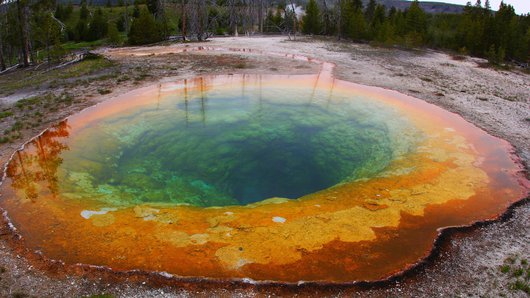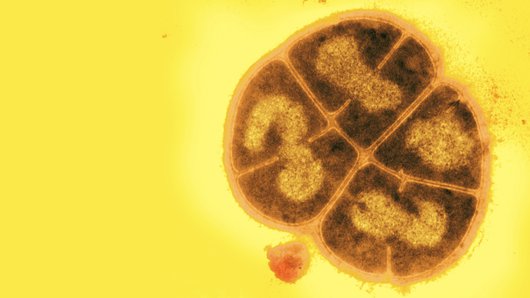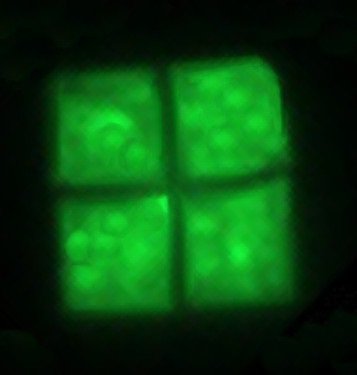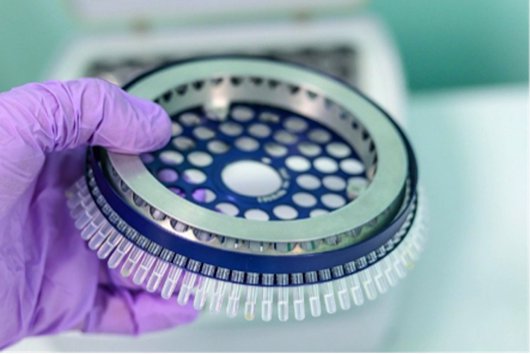Extremophiles
Microbes have great adaptability. Take extremophiles. Extremo - because they live in extreme conditions and -phile after the Greek philos meaning "lover of". They may be the oldest organisms on Earth. And with their incredible survival skills they push the limits of life. Not only in our search for extraterrestrial life, but also in the field of biotechnological solutions for a more sustainable future.






